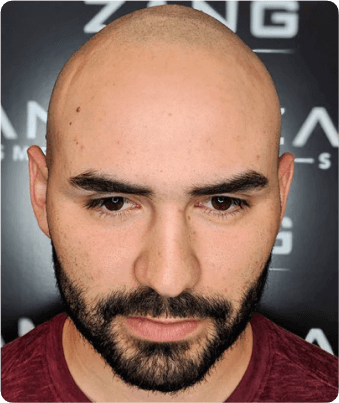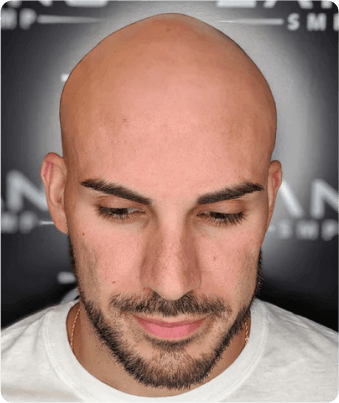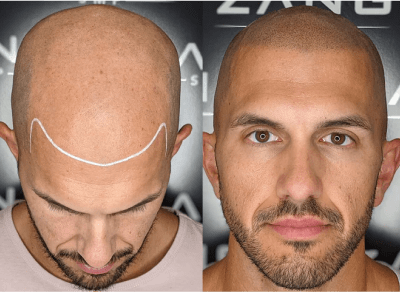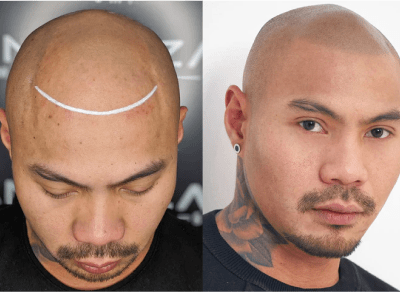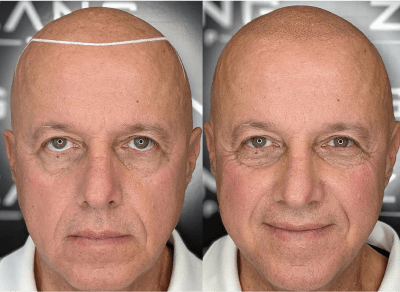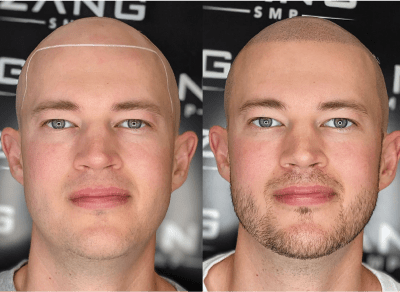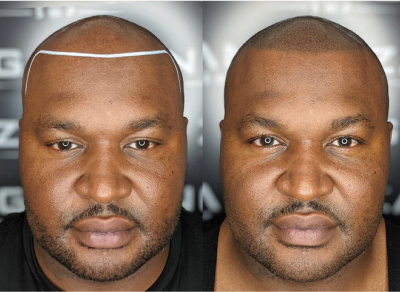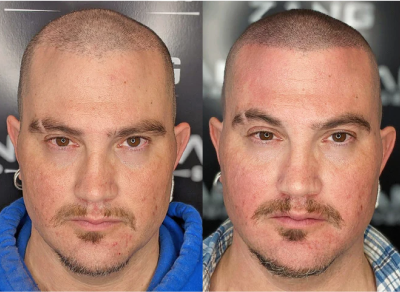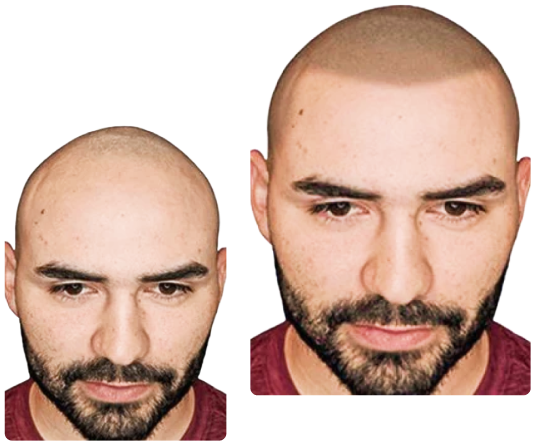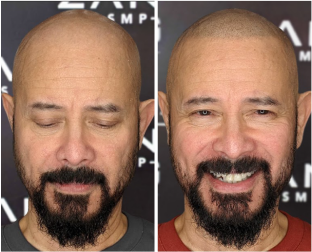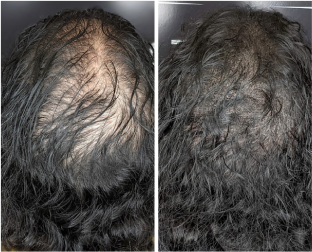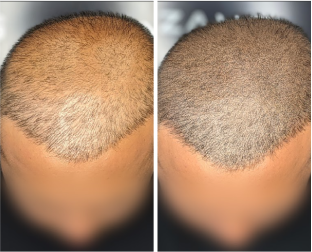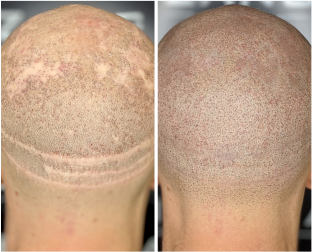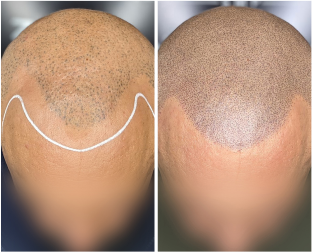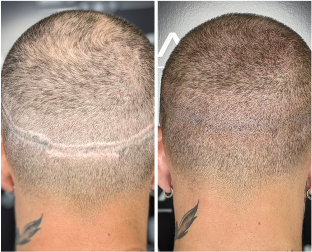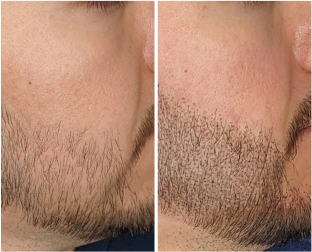How is Male Pattern Baldness Diagnosed and How Does it Influence Hair Loss?
Male pattern baldness typically manifests as hair loss around the hairline and crown areas. The development of this condition, like other hair loss issues, is heavily influenced by genetic factors and hormonal changes.
Stages of Male Pattern Baldness
The Hamilton-Norwood scale is an essential tool for evaluating hair loss, starting at stage 1, where loss is barely noticeable, progressing to stage 7, which signifies total baldness at the top of the head.
During stages 1 to 3, hairline recession is usually mild to moderate, with only slight changes visible.
In stages 4 and 5, the hairline recedes more and thinning at the crown becomes apparent. By stages 6 and 7, hair loss is extensive, leaving the top of the head completely bald.
In rare cases, male pattern baldness can cause diffuse thinning across the scalp, sparing the hairline, or localized thinning at the crown without hairline recession.
Treatment For Male Pattern Hair Loss: Scalp Micropigmentation
Scalp Micropigmentation (SMP) is a non-surgical solution for male-pattern baldness that involves applying specialized pigments to the scalp. This gives you the appearance of natural hair follicles, providing a fresh, buzzed look that works with any style.
What makes SMP so appealing is that it offers immediate, reliable results without surgery or long recovery times. Unlike hair transplants, which are limited by donor hair, SMP provides an instant solution and is ideal for men at all stages of hair loss.
At Zang SMP in Las Vegas, we use organic, plant-based pigments that are safe for your scalp. Our talented practitioners ensure that the pigments blend seamlessly with your natural hair, creating a smooth, realistic result.
For those tired of dealing with the effects of hair loss, SMP offers a rejuvenating solution. It restores a youthful look and enhances confidence without any of the pain or downtime that comes with surgery.
The treatment typically involves two to three sessions. The first two are spaced one week apart, and an optional third session is scheduled 1 to 3 months later to perfect your results and ensure your satisfaction.

